Post-Pandemic Perspective: Navigating the New Normal in Commercial and Residential Markets
Remember that pandemic?
Things have mostly gone back to normal, but there are also some lasting shifts that have changed the real estate landscape, the way investors are approaching real estate markets, and the tenant pools available to rental property owners.
The news is both good and bad, and if you’re smart about the way you position your investment portfolio and your goals, you can find the opportunities that exist since the global pandemic.
This is an event that has reshaped industries worldwide, and real estate investing in Florida is no exception.
Whether you’ve been investing here since before the pandemic or you’re a new investor considering the opportunities that can be found in Orlando and throughout central Florida, it’s a good idea to do some due diligence so you understand the new landscape and how it might benefit—or challenge—your investment strategies.
The Changing Landscape of Florida Real Estate
Florida has always been an attractive destination for investors. It’s been an attractive place to live for residents, too, and we have seen a huge migration of people coming to Florida in recent years. This began during the pandemic, and the population explosion has continued since then. What has that meant? A larger pool of tenants. Higher rents. Higher property values and prices, too.
These are the changes that are especially relevant to investors:
- Surge in Demand
Post-pandemic, Florida has seen a significant increase in demand for residential properties. People have always relocated to Florida for its favorable climate and lifestyle. The lower taxes have also attracted new residents, and during the pandemic, rules and restrictions were not quite as strict here as they were in other states. According to the Florida Economic and Demographic Research Group, the population since 2020 has increased by 5.1 percent. That’s dramatic. Orlando, specifically, has seen a population growth that exceeds the statewide number – at 5.43 percent.
This migration trend has driven up property values, particularly in our Orlando market and the surrounding central Florida communities.
- Remote Workers are Here
Another good reason for our population growth is that remote workers are finding Florida the perfect place to live. The pandemic pushed a lot of people out of the office and into their homes. Not every company called their employees back; there are more than 4 million workers across the country who are doing their jobs remotely. When an employee can keep their job in a city like New York or San Francisco and live in a place with a lower cost of living and a higher quality of life, demographics will change. A large number of tenants looking for rental homes are remote workers, and it’s a good idea to make your property more attractive to these residents.
- Shift Toward Suburbia
Another noticeable trend since the pandemic is the shift from urban centers to suburban areas, especially in Florida. Many families are prioritizing larger homes and more outdoor space, leading to a surge in suburban real estate investments. For investors, this means exploring opportunities outside traditional hotspots could yield substantial returns. We can show you some great markets outside of Orlando that are offering exceptional investment opportunities.
Impact on Commercial Real Estate
The pandemic’s impact on residential real estate has been mostly positive. There’s more demand and more money to be made for real estate investors.
The commercial real estate sector in Florida, however, has faced some pretty intense challenges.
The pandemic has dramatically changed the way businesses operate. With remote work becoming the norm, the demand for office spaces has significantly decreased. Many companies have downsized their physical office spaces or eliminated them altogether, opting for flexible work-from-home arrangements. This shift has left many office buildings vacant, driving down rental prices and occupancy rates. We do not see a lot of investors looking to buy office buildings; who will rent space there?
The retail sector has also felt the brunt of the pandemic. E-commerce was surging even before the virus arrived, and once it was here, more people were ordering their goods, their food, and all of their necessities online. Things were being delivered right to doorsteps, and the consumer base has largely stuck with that method of shopping and buying. Consumers have become accustomed to the convenience of online shopping. Traditional brick-and-mortar stores are struggling to compete, leading to an increase in vacant retail spaces. Shopping malls and retail centers that once thrived are now facing uncertain futures. It would take a very unique space to be profitable in the retail market today.
With the surge in commercial real estate development over the past decade, there is an oversupply of office and retail spaces. High vacancy rates are prevalent across Orlando and other major cities in Florida, leading to increased competition among property owners. This oversaturation makes it difficult for new investors to secure tenants and generate steady rental income.
If you absolutely must invest in commercial real estate, we strongly suggest you take a look at warehouse and industrial buildings. Logistics, shipping, and storage are some of the industries that have experienced growth since the pandemic, driven by the same e-commerce trend that has put retailer spaces out of business. Investors may need to pivot their focus to industrial properties to capitalize on these changes.
New Investment Strategies for Post-Pandemic Success in Orlando Real Estate
So, here we are.
How can you leverage the current conditions in Orlando to increase your own profitability or to seize on new opportunities?
Let’s start with some statistics so you’ll know what you’re working with.
- According to Zillow, the average rent in Orlando for a three-bedroom, two-bathroom single-family home is $2,560. This is $60 higher than rents for a similar property one year ago.
- The average rent in Orlando is about 8 percent higher than the national average.
- Five years ago, the average rent in Orlando was $1,303.
As you can see, there has been a dramatic gain in rental values since before the pandemic.
- Diversification is Key
One of the essential post-pandemic investing strategies is diversification. If you have not already diversified your portfolio in any significant way, it’s a good time to think about this. By spreading investments across various property types, different neighborhoods, and diverse financing strategies, you’ll find you can mitigate risks and take advantage of different market dynamics.
- Invest in Single-Family Homes
The insurance crisis that’s currently plaguing Florida has become worse over the last few years, and that’s created a situation where premiums are outrageously expensive for property owners. If you own a condo, you’re really in a pinch because your HOA is raising their fees just to meet their own insurance obligations. You’ll have a hard time increasing your profits while renting out a condo. Look for single-family homes, which are attractive to tenants and more cost-effective for investors.
- Focus on Long-Term Rentals
While short-term rentals have been lucrative in Florida, especially in tourist-heavy areas, long-term rentals are gaining traction. We understand the appeal of a higher per-night rental rate, and there’s absolutely room for some vacation properties in a diverse real estate portfolio. However, the uncertainty of travel restrictions during the pandemic gave a lot of vacation rental property owners something to think about. This has also made long-term leases more appealing for consistent revenue streams. Investors should consider properties that cater to long-term tenants who are well-qualified and likely to stay in place and renew lease agreements year after year.
Adapt to Market Trends in Orlando Real Estate
 Keeping an eye on market trends is more critical than ever. For instance, properties equipped with home offices or those in communities with robust internet infrastructure are highly sought after by modern tenants. Adapting your investment approach to include these features can make your properties more attractive and yield higher returns.
Keeping an eye on market trends is more critical than ever. For instance, properties equipped with home offices or those in communities with robust internet infrastructure are highly sought after by modern tenants. Adapting your investment approach to include these features can make your properties more attractive and yield higher returns.
Technology has become a vital tool in real estate investing.
During the pandemic, tenants became more interested in virtual tours and digital keypads and self-showings than crowded open houses or in-person visits with a leasing agent. This trend has stuck, so leverage the availability of virtual tours, online transactions, and digital marketing. These have become standard practices. Utilizing technology can streamline your operations, making it easier to manage properties and attract potential buyers or tenants.
Finally, with growing awareness of environmental issues, sustainable and energy-efficient properties are becoming more popular. Investors should look into green building practices and smart home technologies to stay ahead of the curve.
Investing in Florida post-pandemic presents unique opportunities and challenges. By understanding the new landscape and adapting your strategies accordingly, you can make informed decisions that align with the current market trends. We think it’s an excellent time to invest in Orlando and the surrounding areas, especially if you’re interested in residential properties.
Let’s talk about your investment goals and how this ever-evolving landscape can work for you.
Contact us at Homevest Management, Inc. for all of your Orlando property management needs. We serve all of Central Florida, including Winter Garden, Doctor Phillips, Baldwin Park, Winter Springs, and Windermere.

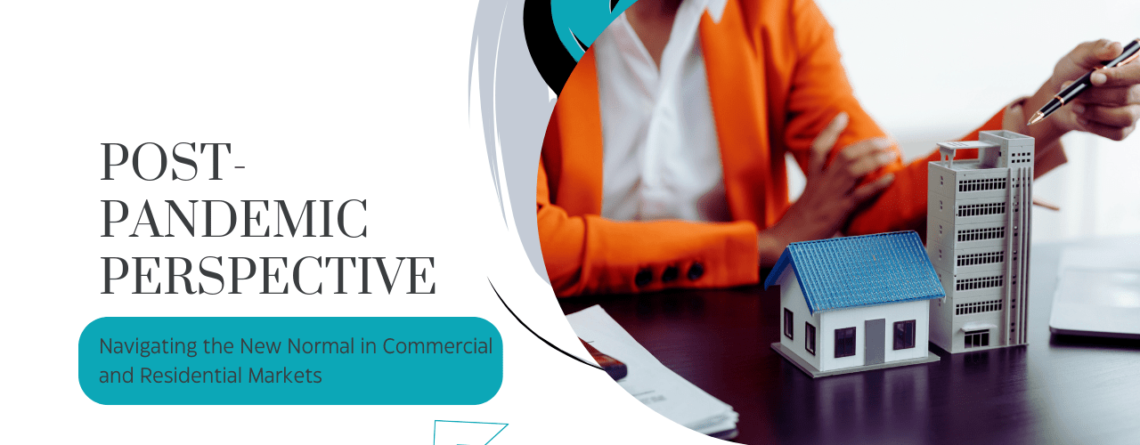
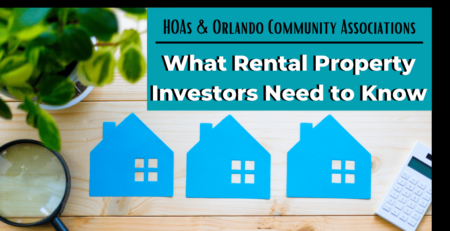
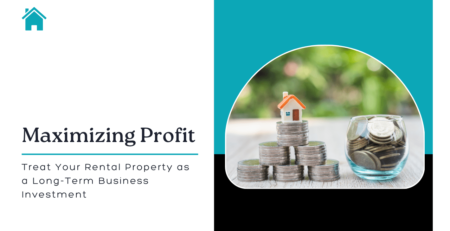





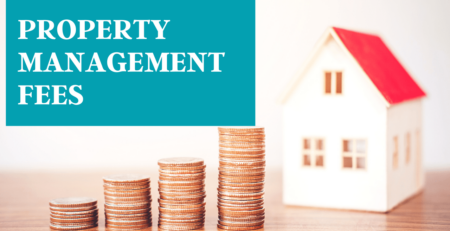
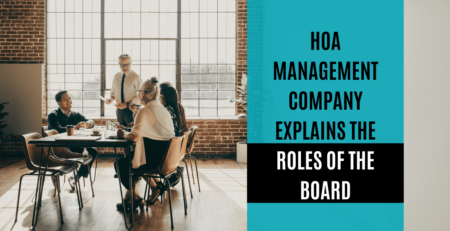
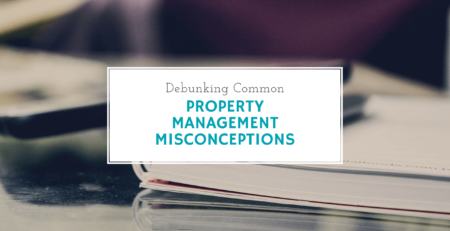
Leave a Reply